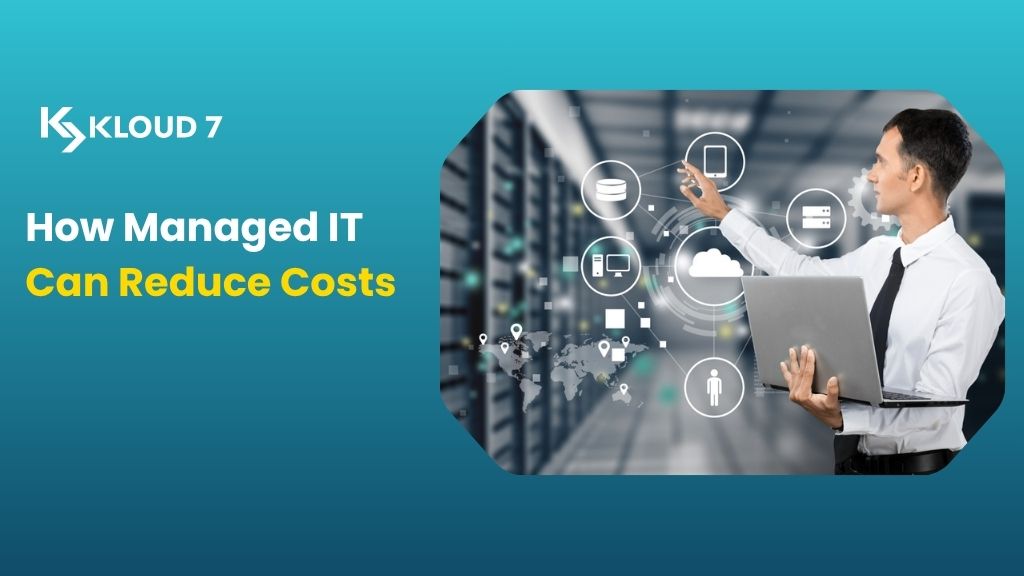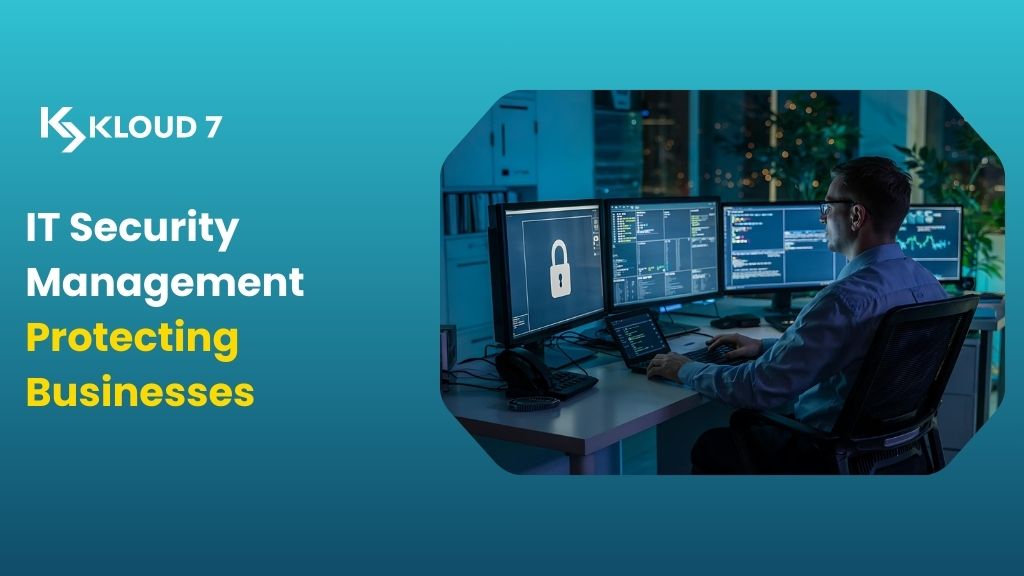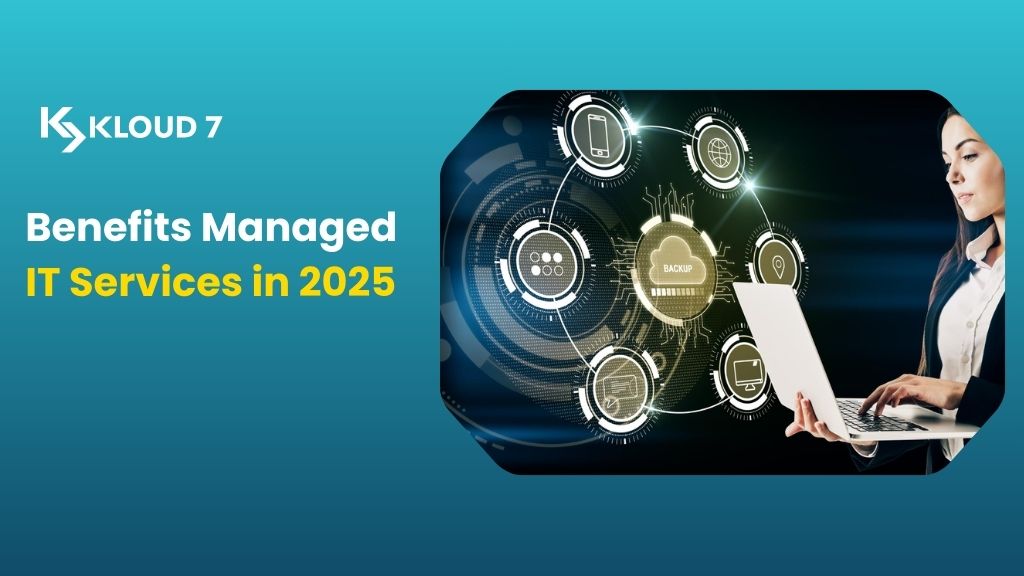Running a business today without reliable IT support can feel like walking on thin ice. Systems crash, data breaches occur, and employees frequently face tech slowdowns that erode productivity. Many small and mid-sized companies lack the in-house resources to handle these issues, leaving them frustrated and vulnerable.
These challenges not only waste time but also harm profits and erode customer trust. The good news? Managed IT service solutions exist to take these burdens off your plate. By outsourcing to experts, businesses gain proactive monitoring, stronger security, and predictable costs. In this guide, we’ll break down what managed IT services really mean, the benefits they offer, and how to choose the right plan for your business.
What Are Managed IT Service Solutions?
Understanding the Basics
At its core, managed IT service solutions involve outsourcing your IT needs to a third-party provider. Instead of reacting to problems when they happen, these providers proactively manage networks, servers, and security. This model helps prevent downtime before it starts, which is critical for businesses that rely heavily on technology every day.
How They Differ from Traditional IT
Traditional IT usually works on a “break-fix” model you call for help after something goes wrong. Managed IT services flip this model by focusing on prevention. Providers monitor systems around the clock, meaning issues can often be resolved before employees even notice them.
Why Businesses Choose Managed IT Services
Companies choose managed IT solutions for flexibility, cost control, and expert support. With predictable monthly fees, businesses can budget better. Plus, access to enterprise-level tools and experts allows even smaller companies to compete on a bigger stage.
Key Benefits of Complete Managed IT Services
Cost Savings and Predictability
One of the strongest draws of complete managed IT services is cost savings. Instead of surprise repair bills, companies pay a flat monthly rate. This makes budgeting easier and reduces financial stress. Over time, it also cuts the hidden costs of downtime and inefficiency.
Enhanced Security Measures
Cybersecurity threats grow every year, and small businesses are often prime targets. Managed IT providers utilize tools such as firewalls, intrusion detection systems, and continuous monitoring solutions. These proactive defenses help businesses avoid expensive breaches.
Scalability and Flexibility
As businesses grow, so do their IT needs. A managed IT partner can scale services up or down depending on requirements. Whether adding new employees, moving to the cloud, or launching an online store, managed IT providers adapt quickly to business changes.
Typical benefits include:
- 24/7 monitoring and support
- Stronger cybersecurity protection
- Reduced downtime and disruptions
- Predictable monthly costs
- Scalable solutions for business growth
Types of End-to-End Managed IT Services
Network Management
Managed providers monitor your network for performance and threats. This includes Wi-Fi, firewalls, and routers. Keeping the network stable is essential for businesses relying on fast, reliable internet.
Data Backup and Recovery
Data loss can happen from human error, cyberattacks, or natural disasters. With end-to-end managed IT services, backups happen automatically, and recovery plans are in place. That means your business can bounce back faster, minimizing downtime.
Cloud Services and Virtualization
The cloud has transformed business operations. Managed providers set up and manage cloud-based services, helping businesses access data and apps anywhere. Virtualization allows servers and resources to run more efficiently, lowering hardware costs.
Choosing the Right Enterprise Managed IT Services
Assessing Business Needs
Every business is unique. Before choosing enterprise-managed IT services, assess your specific needs. Do you need strong cybersecurity? Cloud migration? Or just reliable help desk support? Identifying priorities helps you select the right provider.
Comparing Providers and Features
Not all providers are equal. Some offer industry-specific expertise, while others provide broad services. Compare what each offers: response times, included tools, and reporting options. Transparency in service level agreements (SLAs) is key.
Considering Budget and Growth
Your provider should offer solutions that match your current budget but also grow with you. Investing in scalable services means you won’t outgrow your IT support as your company expands.
Key factors to consider:
- 24/7 support availability
- Clear service level agreements (SLAs)
- Industry experience and certifications
- Flexibility in scaling services
The Future of Managing Information Services
Rise of Automation and AI
AI and automation are reshaping the management of information services. Automated systems can identify threats faster, streamline repetitive tasks, and improve response times. This trend is expected to continue growing over the next few years.
Increasing Demand for Cloud Security
As more businesses move to the cloud, cloud security is a top priority. Managed providers now focus on advanced encryption, compliance, and multi-factor authentication to keep cloud environments safe.
Remote Work and IT Support
The shift to remote work has changed how IT services operate. Services for IT now need to support employees working from multiple locations and devices. Managed IT services ensure remote teams stay connected and secure.
Conclusion
In today’s digital-first world, reliable IT support is no longer optional it’s essential. Managed IT service solutions provide businesses with proactive monitoring, strong cybersecurity, and the flexibility to grow without breaking the bank. From small startups to large enterprises, these solutions help reduce downtime, secure data, and streamline operations.
If your company struggles with IT issues, now is the time to consider outsourcing. Choosing the right partner for managed IT services means gaining peace of mind, predictable costs, and access to enterprise-level expertise.
Ready to simplify your IT and focus on growing your business? Talk to a trusted managed IT service provider today and see how the right solution can transform your operations. For more insights and updates, connect with us on our Facebook page.
Q1: What are managed IT service solutions?
A1: Managed IT service solutions are outsourced services that provide IT support, monitoring, and security for businesses, enabling them to run smoothly and securely.
Q2: How do managed IT services benefit small businesses?
A2: Small businesses gain cost savings, 24/7 support, strong cybersecurity, and access to enterprise-level tools without needing a full in-house IT team.
Q3: What is included in complete managed IT services?
A3: Services usually include network monitoring, data backup, disaster recovery, cloud management, and cybersecurity protection.
Q4: How are end-to-end managed IT services different from traditional IT support?
A4: Traditional IT reacts to problems after they happen, while end-to-end managed IT services focus on proactive monitoring and prevention.
Q5: How do I choose the right managed IT service provider?
A5: Look for providers with 24/7 support, strong SLAs, scalable solutions, and experience in your industry to ensure long-term value.




